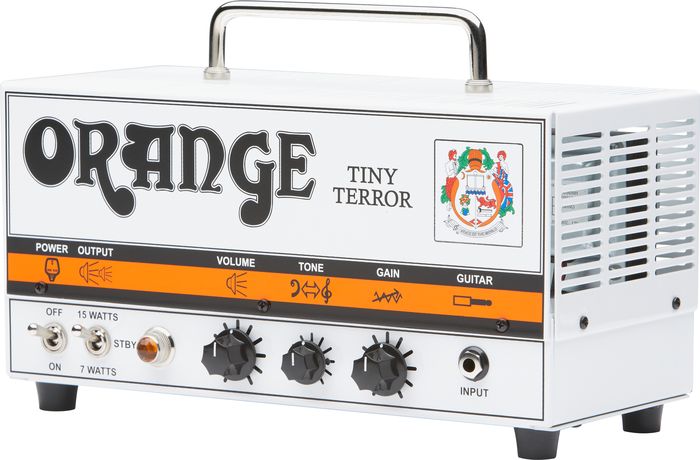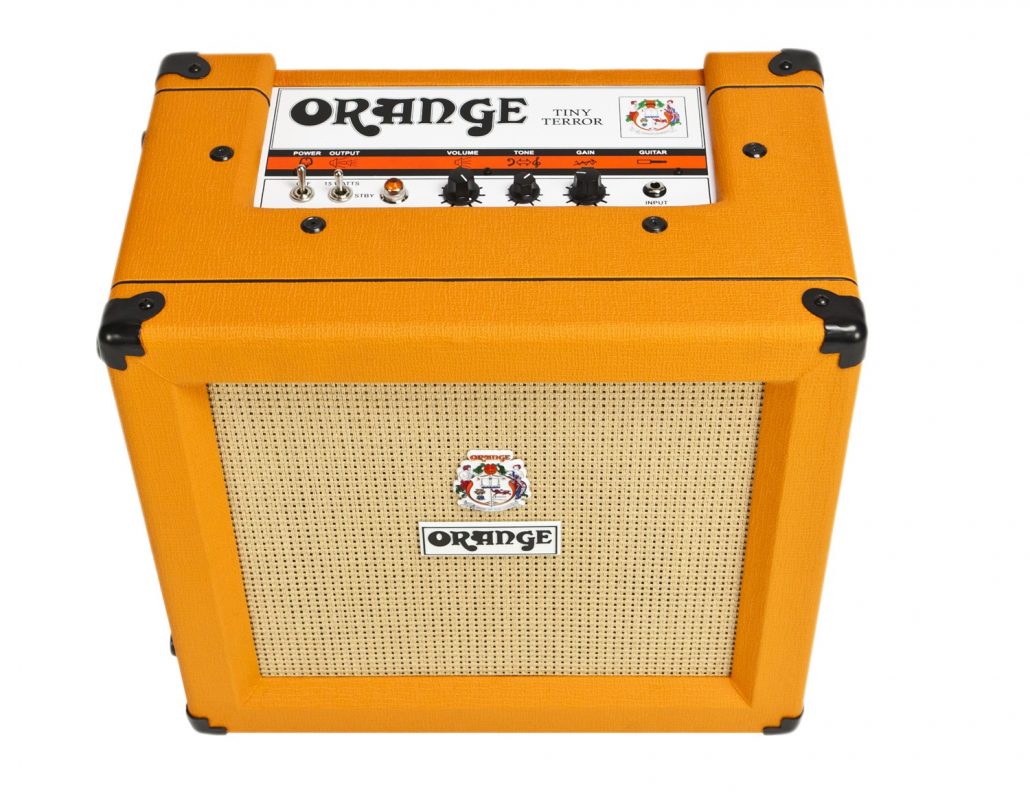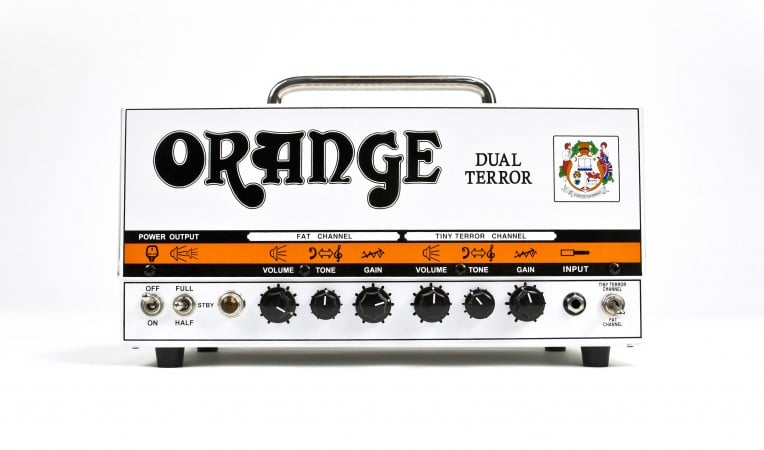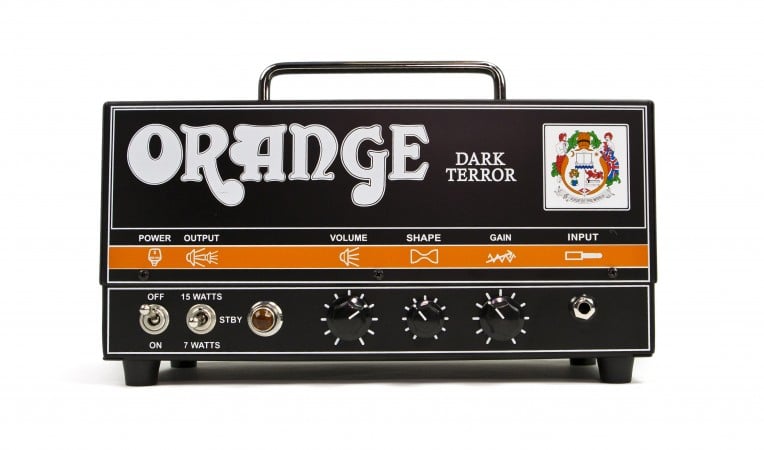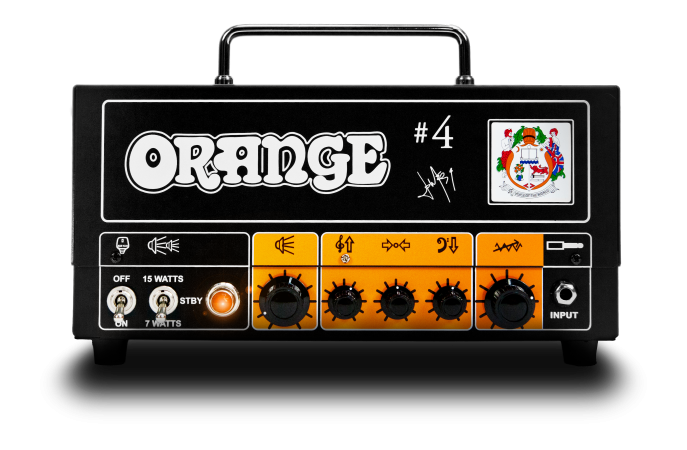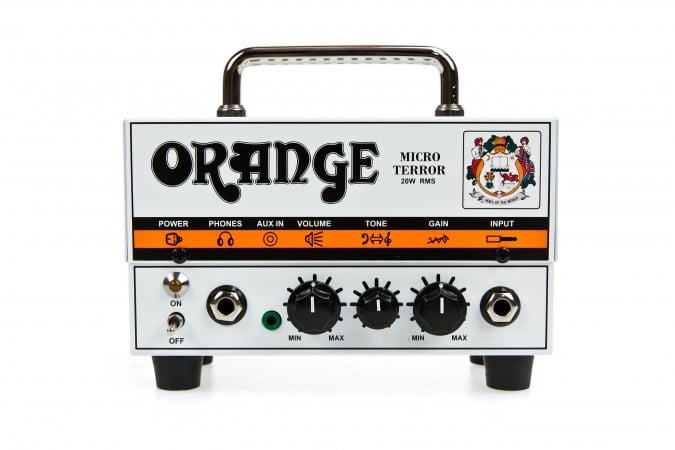In the past 12 months my fellow guitarist in the band I’m in has changed his gigging amp three times. Every time the justification for doing so has been different to the last; the reason behind the first change was that the new amp had more bells and whistles than his current one; the second change came about because the new amp was just too damn heavy (in fairness it was quite possibly the heaviest combo I have ever had the misfortune of having to carry on occasion); and the third and final change was due to the fact that the new amp only had two channels.
Recently he’s admitted that he’s not totally happy with the latest one either (it was to be expected) so change number four is on the horizon. The reason this time…surprisingly, the same as last time; still not enough channels (despite this one having three). All of this got me thinking about how we actually use our amps when it comes to its fundamental voices i.e. the number of channels, and whether or not some of us are missing opportunities with the amp we have because we’ve overlooked other options.
So before you condemn your amp to e-bay or your local music store as part of a part-ex deal, here’s some alternative ways of adding that extra channel you so badly need…
USING THE EFFECTS LOOP
If your amp has one…do you use it? Have you even played around with it? If it doesn’t or you haven’t then you could be missing a big opportunity. If you’re not in the loop (sorry…couldn’t resist) about effects loops you might want to have a quick look here, but in a nutshell effects loops allow you to place effects after your amp’s preamp but before the power amp. So what good does that do when it comes to more channels you say? Well…placing an EQ pedal in the effects loop can allow you to create another voice or it could be used as a boost for solos. Alternatively placing a clean booster here will allow you to hike your volume for solos without affecting your overall sound. So that’s possibly three new channels already.
WARNING: this suggestion only works if your amp has a serial effects loop. If your amp has a parallel effects loop, using either an EQ pedal or boost pedal won’t have the desired effect.
EFFECTS PEDALS
If you’re happy to use your amp’s clean sound as a foundation i.e. as a pedal platform, then there’s a whole load of overdrive, distortion or fuzz pedals available that pretty much cater for all tastes and can provide you with an endless number of channels. You could also try using the aforementioned EQ or Boost pedal and don’t forget that a volume pedal such as Ernie Ball’s VP Jr, or something like EHX’s Signal Pad could be the solution. Remember depending on your starting point i.e. your amp sound, the guitar you’re using and where you place the effects in your chain they’ll have differing results…experimentation is the key.
YOUR GUITAR
And last but definitely not least…don’t forget about your guitar. Your guitar is vital to your sound and how you use it is really important. The choice of pickup used (i.e. neck, middle (if it has one) or bridge) and how you set (fully open they need not be) and use your tone and volume controls may give you access to several different channels / sounds. It can be quite fiddly but with a bit of perseverance using your guitar’s controls can pay dividends (if you need a bit of inspiration watch Joe Bonamassa, he can’t help ride those controls).
BI-AMPING
This isn’t necessarily in the same league as the previous suggestions and doesn’t really match the brief, but running a second amp alongside the first may be the solution for some of you. A lot of the pros do it but then again they’ve got an army of roadies and techs to lug the bloody things about and set them up, and a tour bus is slightly bigger and easier to load gear into than your car. Plus their pockets tend to be a bit deeper. But all that said if one amp doesn’t give you everything you need perhaps two (or even three) amps might.
So…still think your amp doesn’t offer you enough channels? It may not (and only you know the answer to that) but don’t write the poor little bugger off straight away if you haven’t considered the above options. They may not get you anywhere near where you want to be and trying them out may drive you to the edge of insanity but until you try ‘em don’t knock ‘em…besides who doesn’t like messing around with gear?
– Darren Carless




